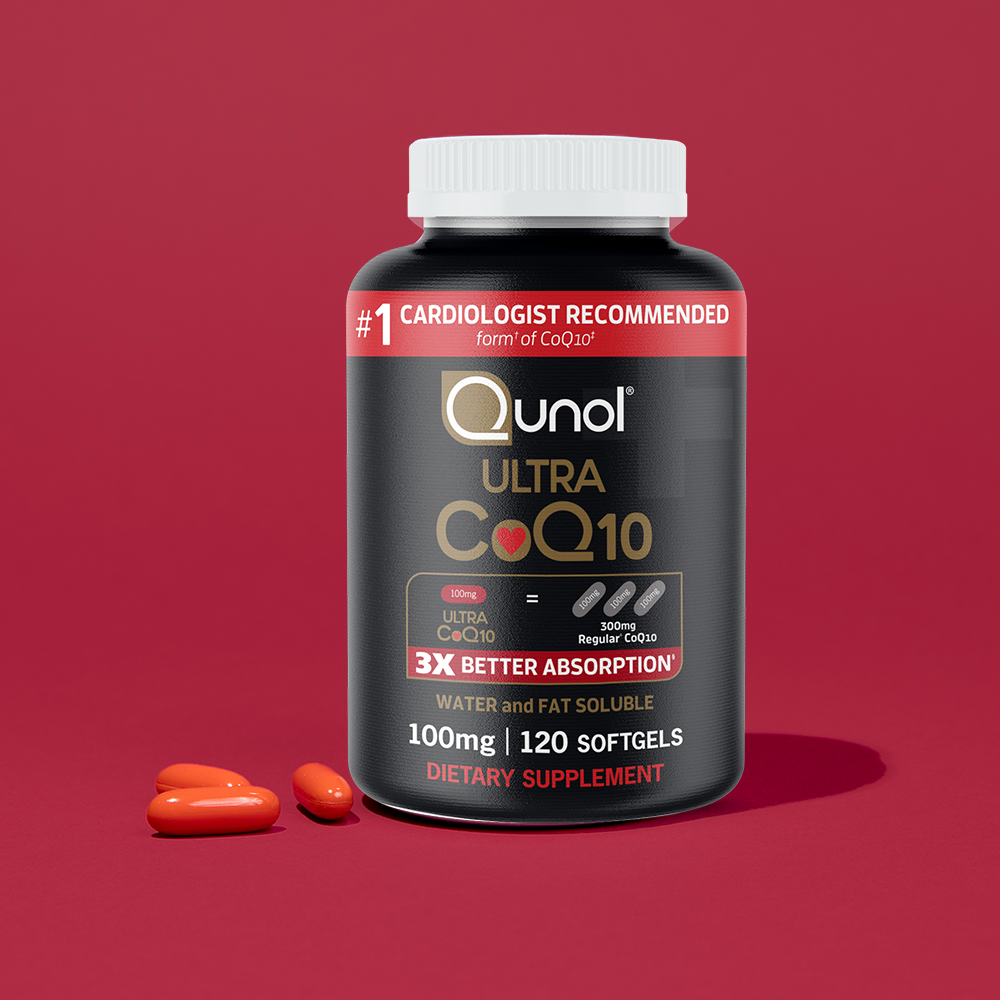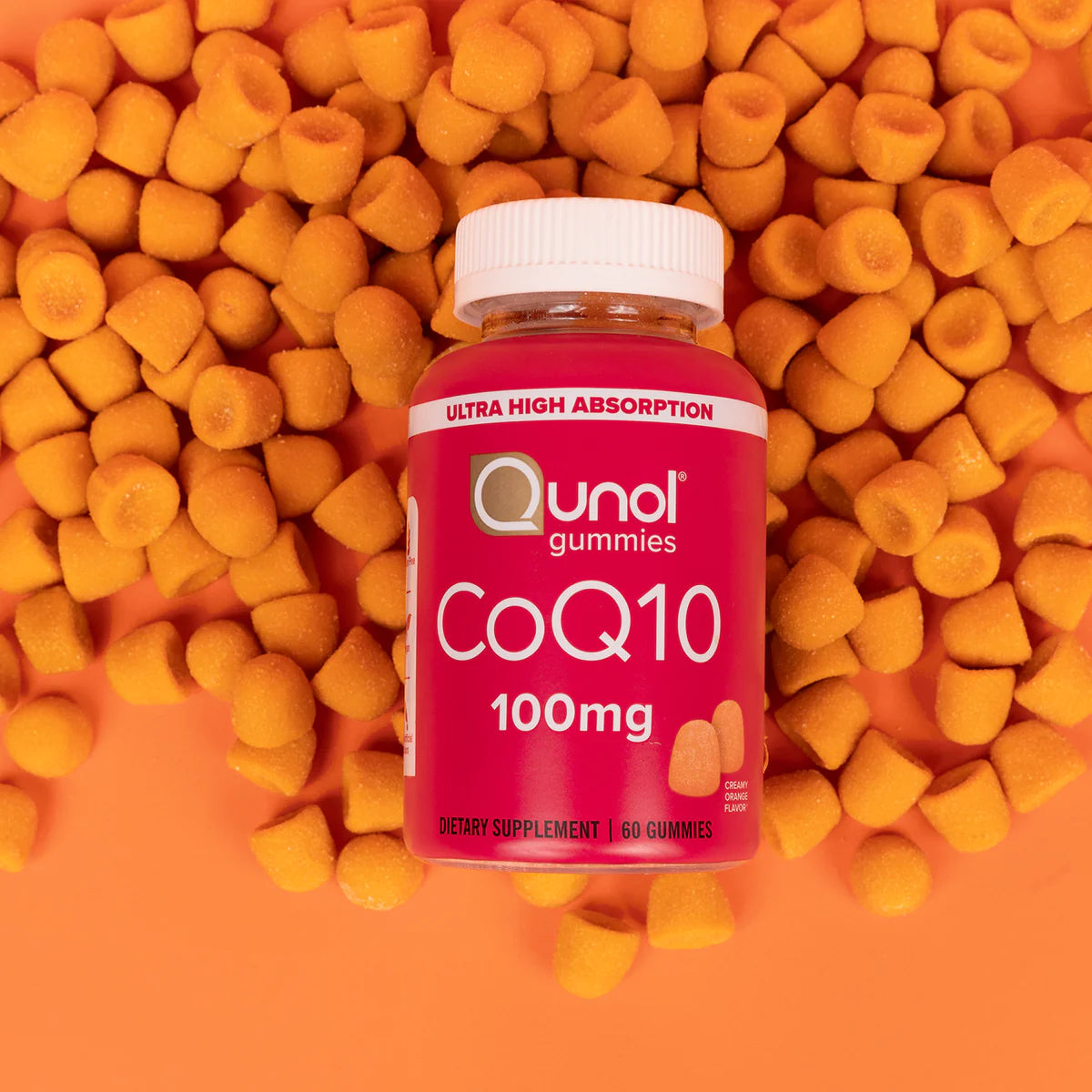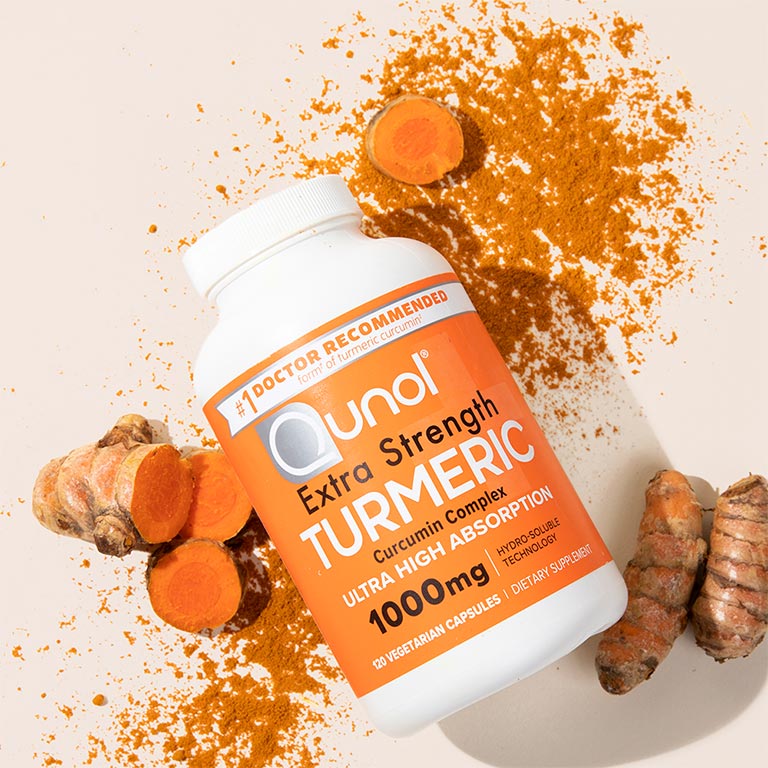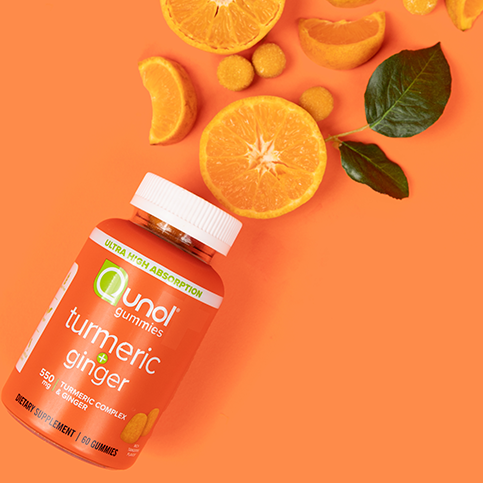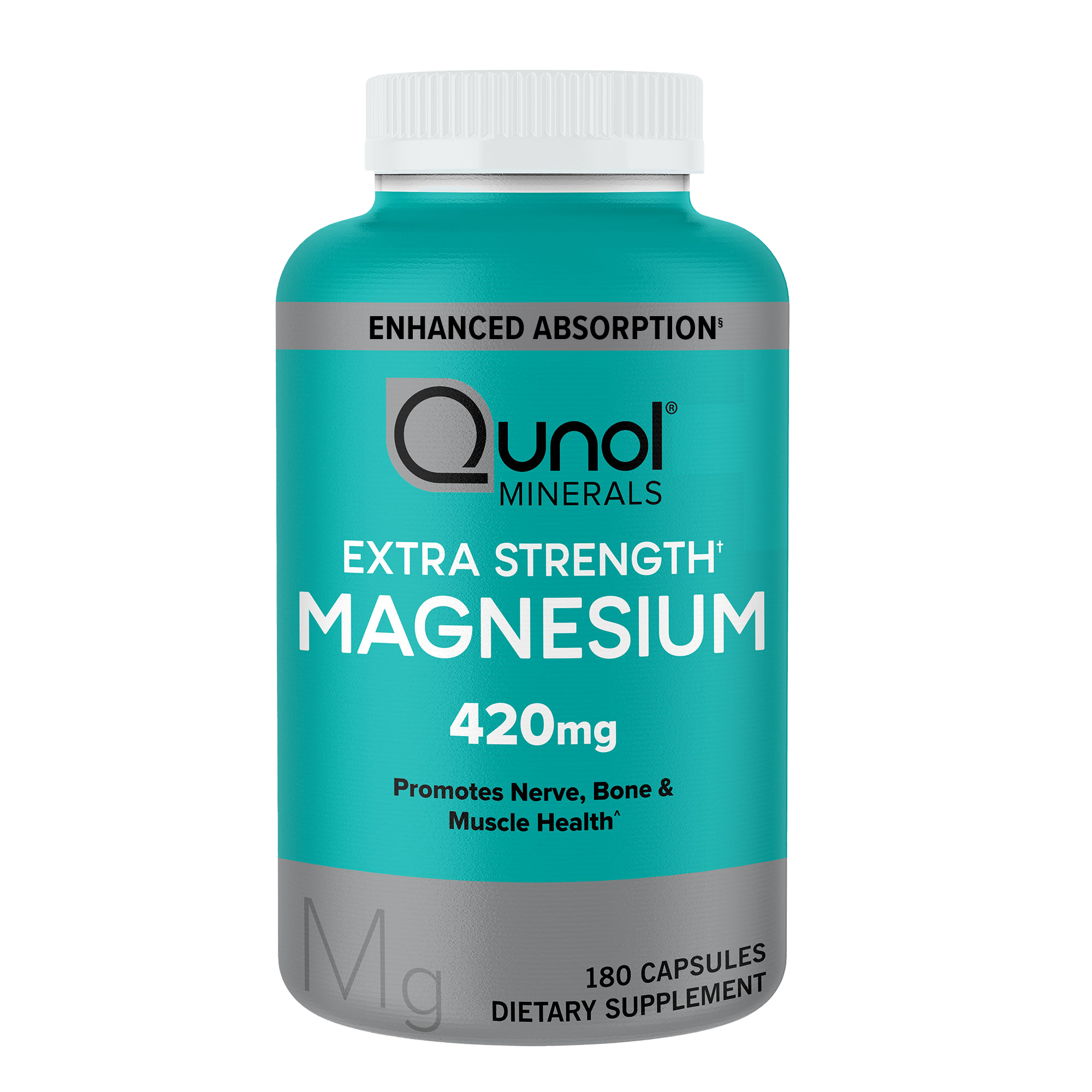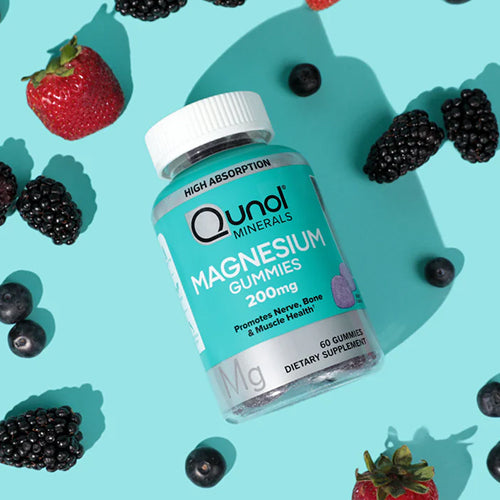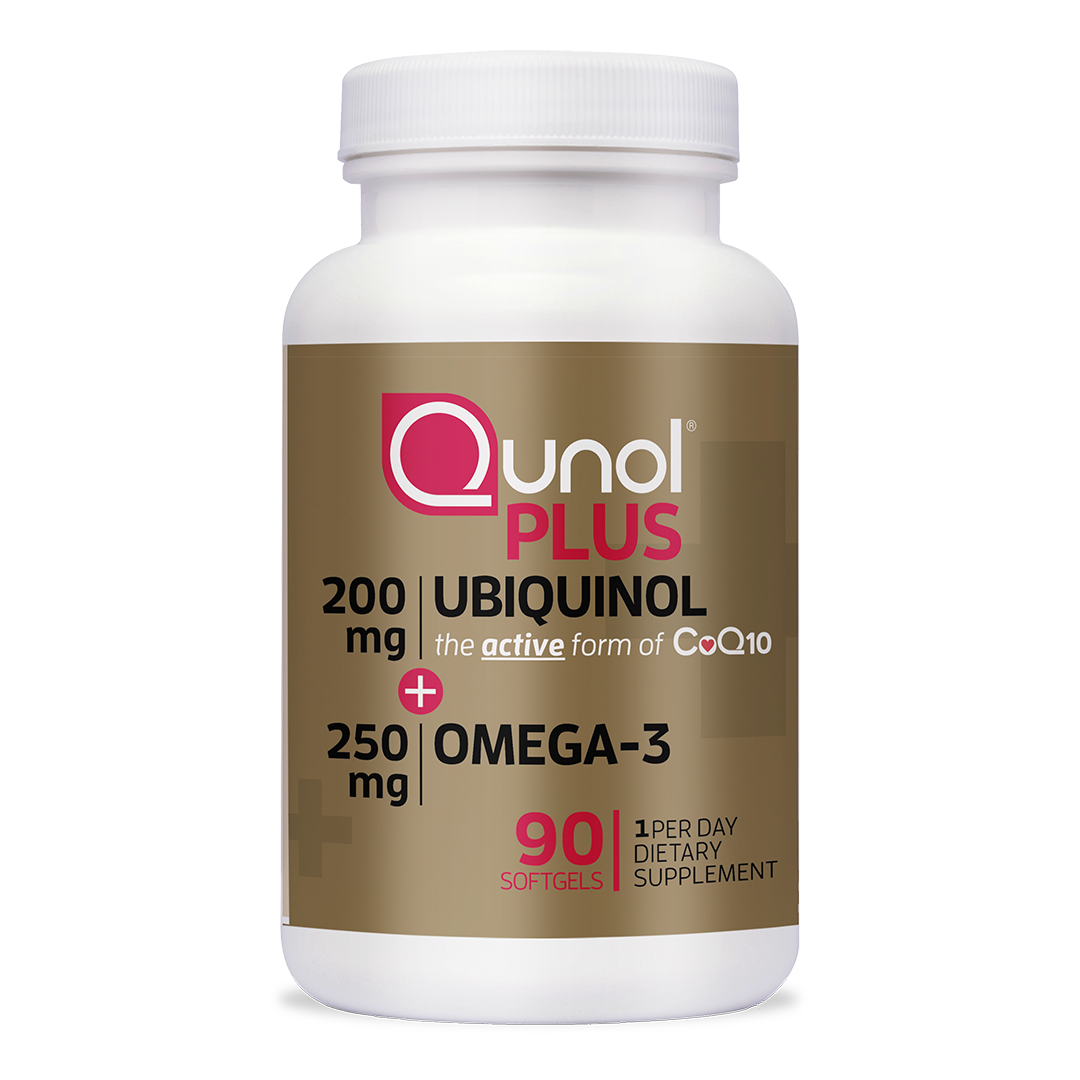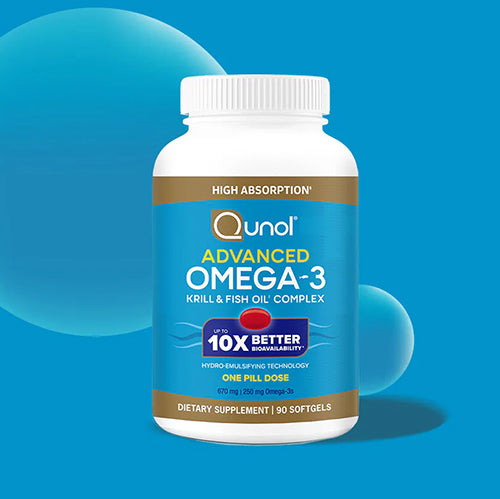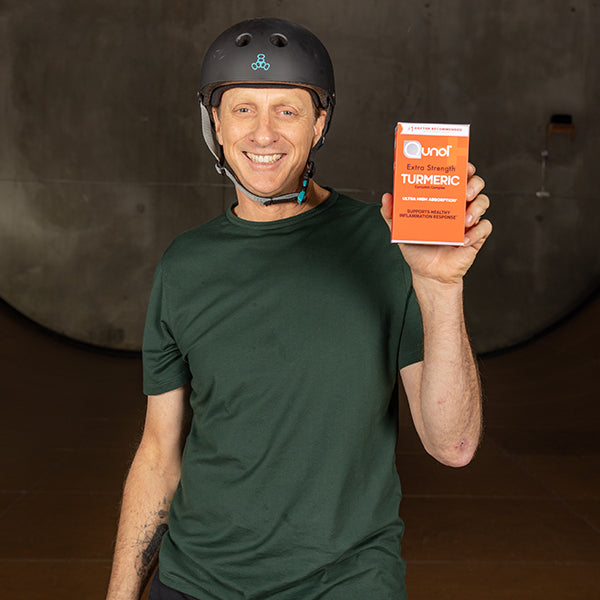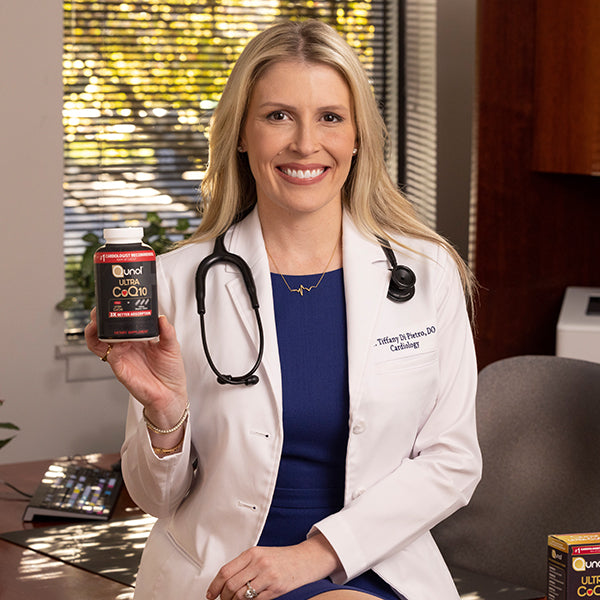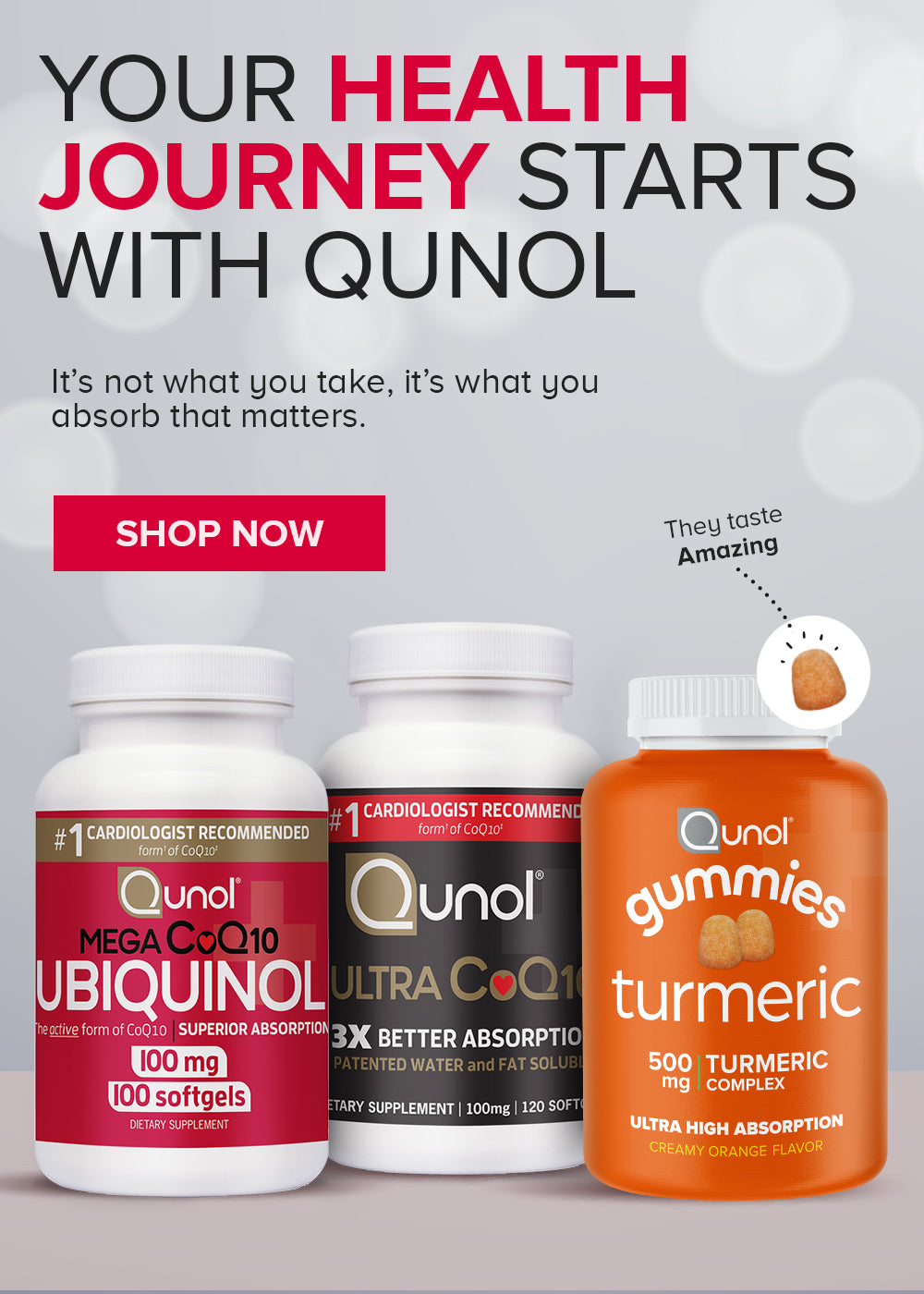In Hindu traditions, turmeric is viewed as sacred and auspicious. It is so revered, it goes by as many as 100 different names, including jayanti – “one who is victorious over diseases.” In marriage ceremonies, a golden thread necklace called a mangala sutra, is dyed with turmeric paste and fastened around the bride’s neck as a symbol of union, much like the golden wedding bands in Western weddings.
Turmeric has been used for centuries as a fabric dye to color clothing and textiles. In some parts of South India, turmeric root is worn as an amulet to ward off evil spirits. In other religions, the bright saffron robes of Buddhist monks are dyed with turmeric; it is believed to have divine connections to Lord Krishna. In Kerala, children celebrate the harvest festival, Onam, dressed in yellow fabrics dyed with turmeric.
By 500 BCE, turmeric’s medicinal properties were celebrated in Ayurvedic medicine, the Indian system of holistic healing that uses mainly plant-based formulations to treat certain health conditions. It was used to treat many ailments and conditions, including:
- Various respiratory conditions
- Liver disorders
- Gastrointestinal discomfort
- Arthritis
- Skin conditions
- Sprains and swelling
Turmeric is used in many South Asian countries as an antibacterial agent and antiseptic for cuts, burns, and bruises. In Pakistan, it is used as an anti-inflammatory agent, and in Afghanistan to cleanse wounds by burning the spice.
Turmeric is recorded as reaching China by 700 A.D. and is used in traditional Chinese medicine to treat digestive disorders. Turmeric’s widespread use reached East Africa by 800 A.D., West Africa by 1200 A.D. , and Jamaica by the 18th century. Marco Polo is credited with bringing the spice to European shores by 1280. It first appears in Western cookbooks in 1747 in the culinary best-seller by Hannah Glasse called, The Art of Cookery Made Plain and Easy.
Native to the southern parts of India and tropical subcontinent of Southeast Asia, turmeric is a flowering plant that produces a tuber or rhizome, much like its relation ginger. Harvested for its rich, golden spice, the root of the turmeric plant houses an active ingredient called curcumin, which holds powerful curcuminoids that possess antioxidant* and anti-inflammatory† properties.1
It is these precise medicinal qualities that has brought turmeric into the spotlight on this side of the globe. When ingested in its powdered form, turmeric tends to clump together and quickly passes through the digestive system before its true benefits can be properly absorbed. Powdered turmeric yields only about 3% of curcumin’s health-giving properties.Science has remedied this absorption factor by producing concentrated formulas that deliver potent dosages of curcumin, so you get the full benefit of its strong anti-inflammatory and antioxidant benefits.- Herbal Medicine: Biomolecular and Clinical Aspects. 2nd edition.
- ConsumerLab.com. “Turmeric Spice vs. Turmeric Supplements.” https://www.consumerlab.com/answers/how-does-turmeric-spice-differ-from-turmeric-curcumin-supplements/tumeric_spice_vs_supplements/
Qunol®’s Extra Strength Turmeric Curcumin Complex has water dispersion technology that delivers superior absorption compared to regular turmeric. In human clinical trials, Qunol’s bioenhanced turmeric curcumin complex has been found to be 40X better absorbed than regular curcumin.
†This product is not intended to treat, prevent or cure inflammation associated with any disease.
*These statements have not been evaluated by the Food and Drug Administration. This product is not intended to diagnose, treat, cure, or prevent any disease.

